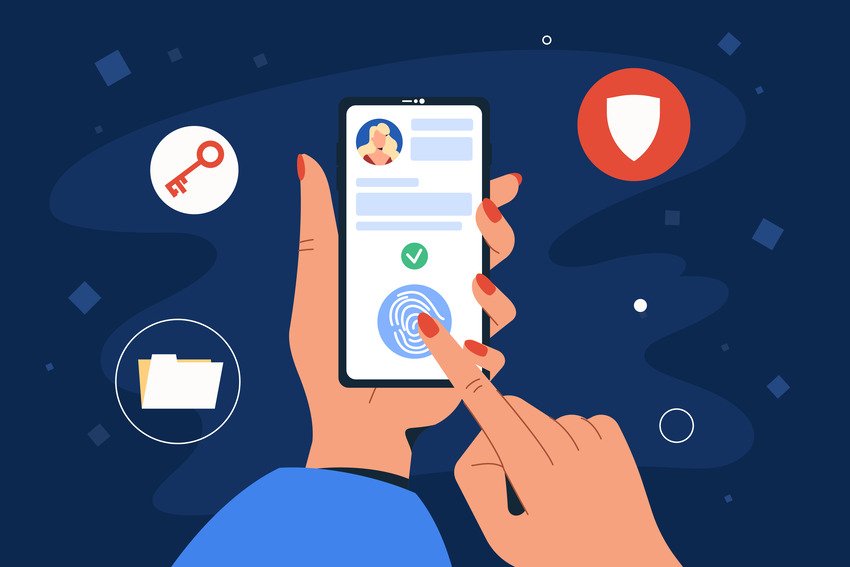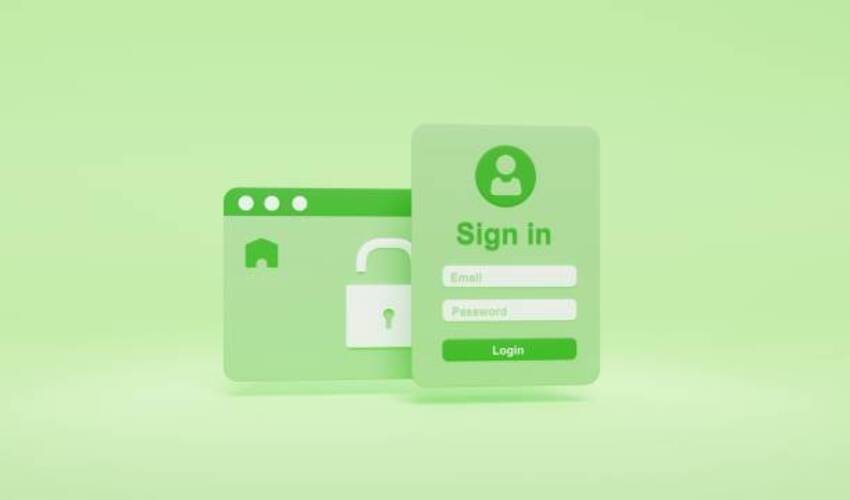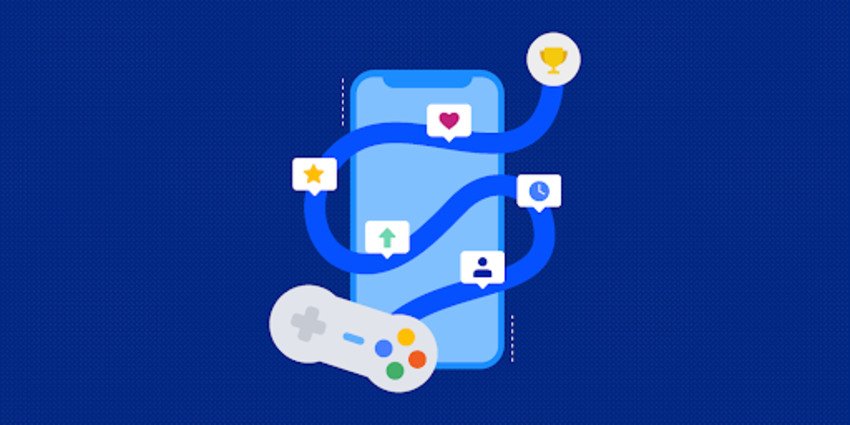Sign up for a delivery app—need your number. Create a social media account—verify with your number. Reset a password—send a code to your number. Book a hotel, order food, join a loyalty program—number, number, number. What used to be simple contact information has become the key that unlocks nearly every digital service.
This shift happened gradually enough that most people didn’t notice when their phone number stopped being just a way to call them and became their primary identifier online. But the implications of this change are bigger than they seem.
How Phone Numbers Became Authentication Keys
Ten years ago, most services let users create accounts with just email addresses. Passwords were enough for security. Two-factor authentication existed but was optional and rarely used outside of banking.
Then security breaches became common. Passwords alone weren’t cutting it anymore. Services needed a second verification method that was harder to fake than email. Phone numbers became the obvious choice—most people have one, they’re relatively unique, and receiving SMS codes proves you control the number.
What started as an extra security layer quickly became standard. Now nearly every platform requires phone verification at signup. Can’t create an account without it. Can’t reset passwords without it. Can’t access certain features without it. The phone number went from optional to mandatory across the digital landscape.
The Single Point of Failure Problem
Here’s the thing: having every important account tied to one phone number creates a vulnerability that didn’t exist before. Lose access to that number—through theft, carrier issues, or just changing numbers—and suddenly dozens or hundreds of accounts become difficult or impossible to access.
Phone numbers also aren’t as permanent as people treat them. Numbers get recycled when users cancel service. That old number gets reassigned to someone new, who now receives verification codes for accounts they don’t own. In some cases, they can use those codes to access accounts that still list the number as the recovery option.
SIM swapping attacks exploit this exact vulnerability. Criminals convince carriers to transfer a number to a new SIM card they control. Once they have the number, they can reset passwords and access accounts across platforms—all because so many services treat the phone number as the ultimate proof of identity.
The Privacy Erosion Nobody Planned
Sharing a phone number once seemed low-risk. It’s contact information, not sensitive data. But when that number connects to bank accounts, shopping profiles, social media, work tools, and everything else, it becomes a key to someone’s entire digital life.
Services also share and sell phone numbers more freely than people realize. Sign up for one app, and the number might end up on marketing lists, in data broker databases, or passed to third-party partners. Each share increases exposure and creates more connections between that number and personal information.
The cumulative effect is that phone numbers now carry more identifying information than almost any other single data point. They link together accounts, reveal patterns of behavior, and create profiles that extend far beyond what any individual service knows. Using services like bee-sms helps separate this digital identity from a personal number, letting people verify accounts without exposing their primary contact information across countless platforms.
When Verification Becomes Surveillance
Phone verification started as security, but it also enables tracking. When platforms require phone numbers, they gain another data point to link users across devices and sessions. Even if someone uses different email addresses or browses anonymously, the phone number ties everything back to one identity.
This affects more than just privacy preferences. It impacts what people can safely access or discuss online. In some situations, linking accounts to personal phone numbers creates genuine safety concerns for people dealing with harassment, domestic issues, or political situations where anonymity matters.
The verification system doesn’t distinguish between “we need to confirm you’re human” and “we want to permanently link this activity to your real identity.” Both use the same mechanism—send a code to your number—but the implications are very different.
The Spam Multiplication Effect
Every service that gets a phone number becomes a potential source of unwanted contact. Marketing texts, verification codes for accounts someone didn’t create, robocalls, phishing attempts—all increase as more platforms have access to the number.
The problem compounds because phone numbers are easier to spam than email. There’s no spam folder. Text messages appear directly in the main message stream. Blocking individual numbers helps temporarily, but new spam sources appear constantly.
Most people don’t connect their growing spam problem to how freely they’ve shared their number across services. Each signup felt harmless individually. Together, they created a situation where the phone becomes nearly unusable for its original purpose because it’s buried under digital noise.
The Future Access Problem
Services change ownership, shut down, or alter their policies constantly. What happens to phone numbers stored in databases when companies merge or fail? Often, nobody knows. The data persists somewhere, attached to numbers that might have changed hands multiple times.
This creates a long tail of exposure. Even years after using a service, that old phone number association might still exist in a database somewhere. If the number gets recycled, the new owner inherits all those associations—account recovery options, verification pathways, linked profiles—without knowing they exist.
What Actually Protects Your Number
The solution isn’t avoiding services that require phone verification—that’s basically impossible now. It’s separating the verification function from personal contact information. Using alternative numbers for verification keeps the primary number private while still allowing access to services that demand phone authentication.
This separation also limits spam exposure, reduces tracking potential, and eliminates the single point of failure problem. If an alternative number gets compromised or becomes unusable, it doesn’t impact personal communications or every account tied to it.
The key is recognizing that phone numbers now serve two different functions that shouldn’t be linked—they’re both personal contact methods and digital identity keys. Treating them as one creates vulnerabilities that treating them separately avoids.
Reclaiming Control
Phone numbers weren’t designed to be digital identity anchors, but that’s what they’ve become. The shift happened without most people’s conscious agreement—it was just the requirement that appeared in signup forms one day and never left.
Understanding this change means recognizing that protecting a phone number now means more than avoiding unwanted calls. It means controlling access to a digital identity that connects to nearly every online account and service. That’s worth more care than most people currently give it.
Read Dive is a leading technology blog focusing on different domains like Blockchain, AI, Chatbot, Fintech, Health Tech, Software Development and Testing. For guest blogging, please feel free to contact at readdive@gmail.com.





